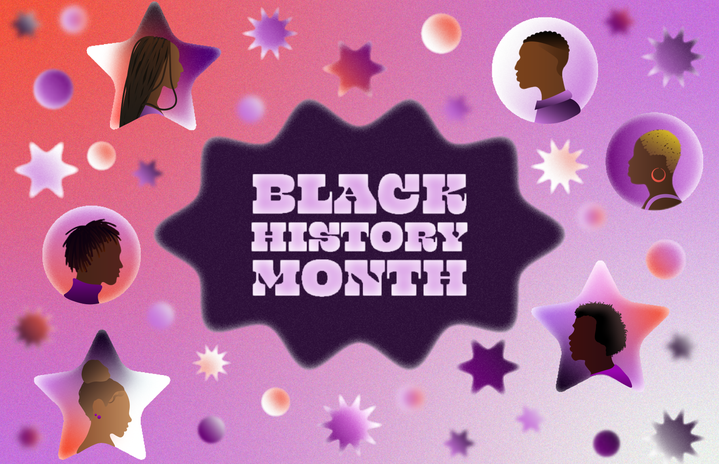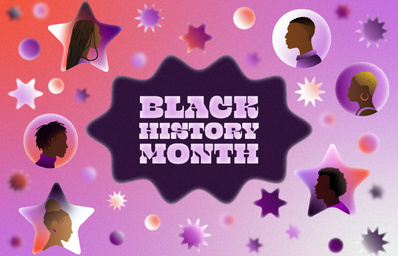This article is written by a student writer from the Her Campus at Coastal Carolina chapter.
Whitewashing (majority white representation while representation for others is hugely lacking) has dominated America’s history. Our history textbooks have given white men the center stage, and everyone else has to fight for a place on the page. I’ve listed some facts that you probably didn’t learn in history class or some you possibly forgot after high school since there wasn’t enough emphasis on it.
- According to Tamara Gane, Black History Month began as a History Week starting in 1926 during the second week of February because Abraham Lincoln’s birthday was on the 12th and Frederick Douglass’ birthday was on the 14th. It was President Ford who enacted Black History Month in 1976.
- Nu Origins explained Henrietta Lacks’s story, an African American woman from Baltimore who died of cervical cancer in 1951. Her tumor cells were taken without Lacks or her families’ knowledge and used to study various diseases. The cells that were taken were named HeLa and used in studies where vaccines were created. Trillions of cells were created a week. Rebecca Skloot wrote the book The Immortal Life of Henrietta Lacks, and HBO made a film based on Skloot’s book. Skloot notified the family about the cells that came from Henrietta Lacks.
- We know the Emancipation Proclamation’s goal was to free slaves. The 13th amendment abolished slavery but included that criminals can be punished for their crimes through servitude. The 13th amendment states: “Neither slavery nor involuntary servitude, except as a punishment for crime whereof the party shall have been duly convicted, shall exist with the United States, or any place subject to their jurisdiction.” When this occurred, Black people, mainly Black men, were arrested for the smallest of reasons to incarcerate them and enslave them again, but it was legal. History conveniently forgets to mention the creation of convict leading. According to Raquel White, convict leasing was a system where you could rent an inmate for work. The last state to outlaw convict leasing was Alabama in 1928. However, people still found ways to continue using incarcerated individuals for labor until President Roosevelt made it illegal in 1941. Convict leasing was another way that oppressed Black people and kept them enslaved.
- Even today, people in prison are still being forced to work. The Prison Industry Enhancement Certification Program (PIECP) is a federal program that allows some incarcerated individuals to perform specific jobs. The Prison Policy Initiative researched to develop a list of wages that incarcerated people earned in 2017. For regular non-industry jobs, the lowest average is 14 cents, and the highest average is 63 cents. For correctional industries, jobs in state-owned businesses, the average is 33 cents at the lowest and an average of 1.43 cents at the highest. They are working for minuscule wages and are locked away. People tend to fall back into the prison system after getting out because America doesn’t have an initiative to prepare individuals for life after prison. Getting a job after prison is nearly impossible, so many have to turn back to crime to make enough money to put food on their tables. It’s an endless cycle that oppresses these individuals over and over again.
- The 1920s are my favorite era, mainly because of the jazz music. According to Melinda Sineriz, Esther Jones was a Black jazz singer, and she inspired the cartoon character Betty Boop. Born shortly after this time was another woman you may not know about, Claudette Colvin, who refused to give up her seat before Rosa Parks. She was 15 in 1955 and on her way home from school. Sineriz states that Colvin was arrested and grew up to be a “plaintiff in Browder v. Gayle, which ruled that the Montgomery bus laws were unconstitutional.”
- Renee Richards was in the top male tennis player category and then transitioned in 1975. She had to go to court to be able to go on to play more professional tennis. She won her cause and the 35 and over singles title against Nancy Richey. Richards went on to do many more amazing things, which can be read here.


